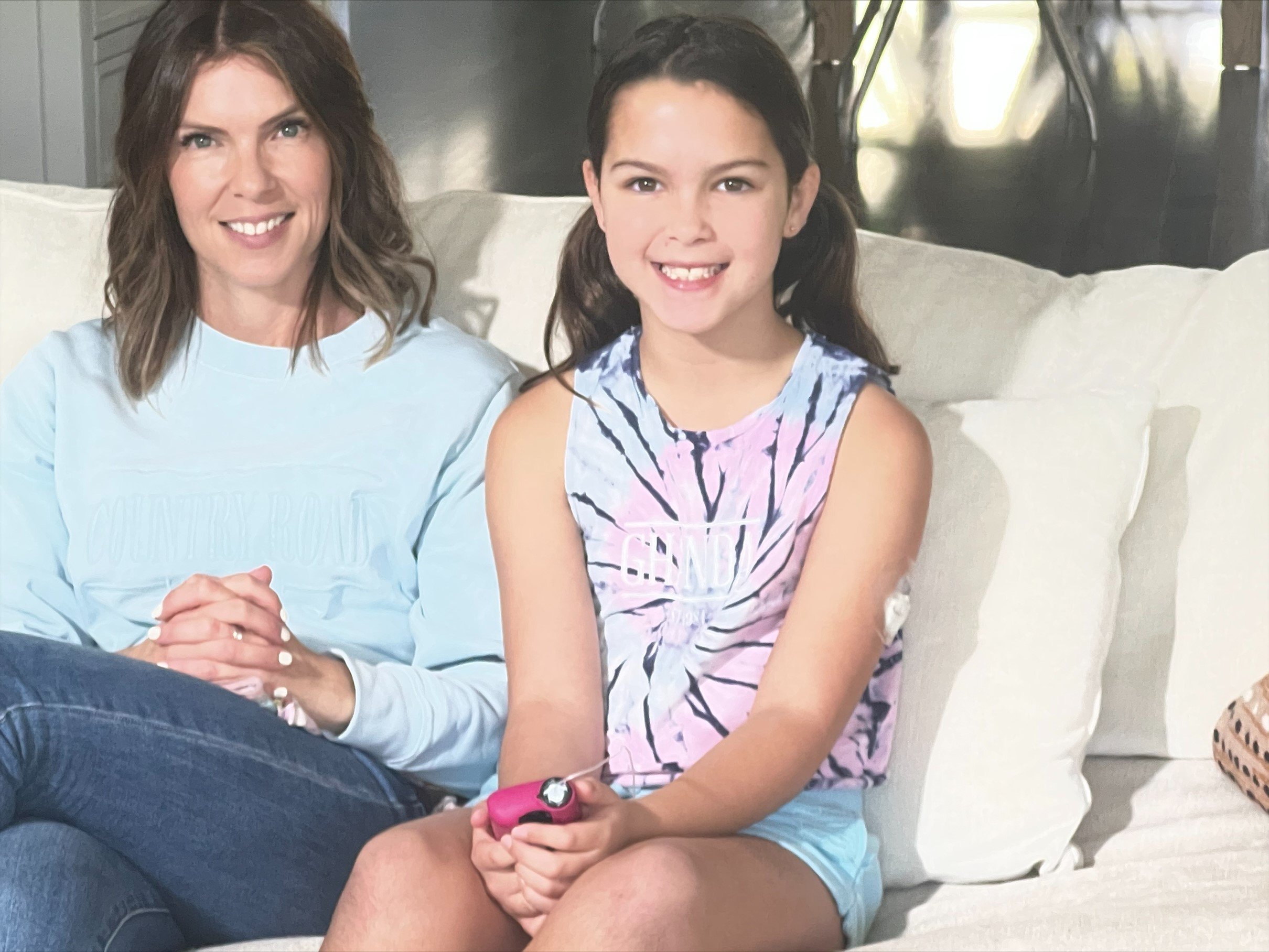Introducing the Rio Tinto Children's Diabetes Centre: A JDRF Global Centre of Excellence
This National Diabetes Week, we are excited to announce the launch of the Rio Tinto Children's Diabetes Centre, a JDRF Global Centre of Excellence. The $8 million multi-year partnership between Rio Tinto, JDRF Australia, Channel 7 Telethon Trust (Telethon), The Kids Research Institute Australia and Perth Children’s Hospital will establish the Centre as a global hub for research into diabetes in children.
Based at The Kids Research Institute Australia and Perth Children’s Hospital, the Centre will be the first JDRF Global Centre of Excellence outside North America and the only JDRF centre in the world with a clinical and paediatric focus in type 1 diabetes (T1D). Supported by five national and global institutions and hospitals, it will integrate clinical practice and research, accelerating access to world-first studies, trials and the latest research results from around the globe.
Co-Directors of the Rio Tinto Children Diabetes Centre, Professor Liz Davis and Professor Tim Jones, are heading up the work of the Centre of Excellence with a vision to improve the life expectancy for kids with diabetes and reduce the burden of the disease.
“Traditionally there has been a 15 to 20-year lag for new research to be put into clinical practice,” Professor Davis said. “This Centre aims to close the gap in translating research into state-of-the-art clinical care as well as closing the over 10-year gap in life expectancy for children with T1D.”
Professor Jones said the Centre brings together the diabetes community and researchers to better understand and change the way we treat T1D by developing personalised models of care that are tailored to individuals. “We will work with world-class researchers, clinicians and the diabetes community to deliver the right treatment, to the right person, at the right time,” said Professor Jones.
A recent interview with Channel 7 (which can be watched here) shed a light into what it is like for a young person to live with diabetes. Nine-year-old Meela, who was diagnosed with type 1 diabetes at four, uses an insulin pump along with continuous glucose monitoring. Her mother, Lisa, describes the experience as “exhausting, and it’s often filled with immediate worry of the consequences of low blood sugar and worry for their future health.”
"The burden of diabetes affects not only children like Meela, but families and the wider community, said Lisa Goldsworthy.
“However, it has also shown me how amazingly resilient our children are and how important community and collaboration is to support children living with this chronic illness and their carers.”
Lisa is a member of the Centre’s Community and Consumer Involvement Committee working alongside researchers and clinicians to help drive meaningful research that will benefit children living with T1D, improving their health and wellbeing.
To find out more about the centre, read The West article here and the media release here.
* The Rio Tinto Children’s Diabetes Centre also works in type 2 diabetes research for children.
 Lisa and Meela Goldsworthy
Lisa and Meela Goldsworthy
